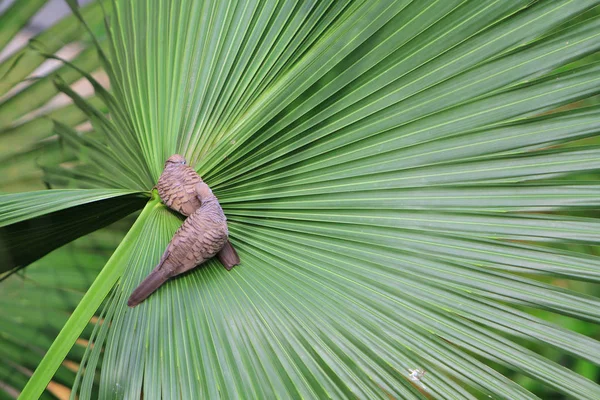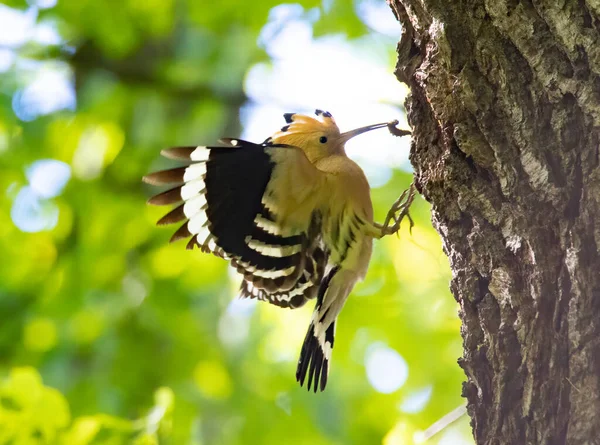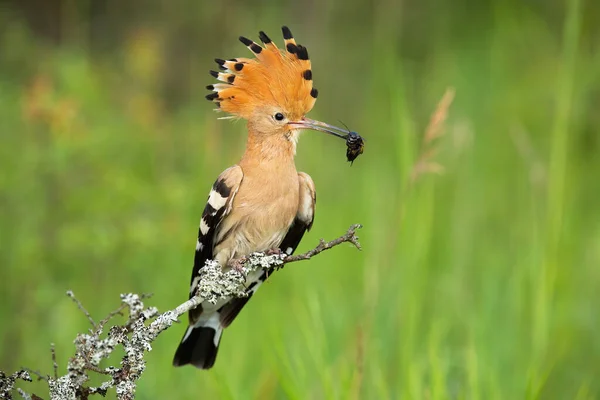How to stop a hummingbird feeder from leaking:
Are you tired of dealing with a leaking hummingbird feeder, creating a sticky mess and attracting unwanted pests? Discover the secrets to keeping your feeder in top condition and your feathered friends happy and satisfied.
In this guide, we’ll explore practical tips and innovative solutions to prevent leaks and ensure your hummingbirds enjoy a drip-free dining experience.

How To Stop A Hummingbird Feeder From Leaking
Hummingbird feeders can be a delightful addition to any garden, attracting these tiny, vibrant birds with their sweet nectar.
However, one common issue that can arise with these feeders is leaking. If you’re dealing with a leaky feeder, there are several steps you can take to resolve the issue and keep your feeder in top condition.
Check the Assembly: First, make sure your feeder is properly assembled. Ensure all parts, such as the base and the reservoir, are securely connected and that there are no cracks or damage that could be causing the leak.
Use Bee Guards and Ant Moats: Consider using a feeder that has bee guards and ant moats. Bee guards are small mesh screens that prevent bees from accessing the nectar, while ant moats are moats filled with water that create a barrier to keep ants away. Both can help reduce leaks caused by pests.
Avoid Overfilling: Overfilling your feeder can lead to leaks as the nectar expands in the heat. Fill the feeder only to the level the birds can consume in a few days to prevent this issue.
Choose a Shaded Location: Place your feeder in a shaded area to prevent the nectar from heating up and expanding, which can cause leaks. This also helps to keep the nectar fresher for longer.
Regular Maintenance: Finally, regular cleaning and maintenance of your feeder can prevent leaks caused by clogs or build-up. Clean the feeder with warm, soapy water every few days, and rinse it thoroughly before refilling with fresh nectar.
Understanding the Causes of Leaking
Factors contributing to leakage include wear and tear, improper assembly, and weather conditions. These issues often lead to dripping or spilling, affecting the feeder’s functionality and attracting unwanted pests.
Identifying the cause is crucial as it helps in selecting the most effective solution. By pinpointing the specific issue, such as a cracked reservoir or loose seal, you can address it directly, prolonging the feeder’s lifespan and ensuring optimal performance.
Tips for Preventing Hummingbird Feeder Leaks
Regular maintenance and cleaning are essential to prevent clogs and build-up, ensuring smooth operation and reducing the risk of leaks. Cleaning brushes and solutions specifically designed for feeders can help maintain cleanliness.
Proper assembly and positioning play a significant role in preventing leaks. Ensuring all parts are securely connected and positioned correctly can minimize the risk of leaks caused by loose fittings or unbalanced weight distribution.
Use of high-quality feeders and parts is crucial. Investing in well-made, durable feeders and replacement parts can reduce the likelihood of leaks due to cracks, warping, or deterioration over time.
Weatherproofing techniques, such as adding protective coatings or covers, can help shield feeders from the elements. This can prevent damage from exposure to sun, rain, or extreme temperatures, which can weaken materials and lead to leaks.
Common Solutions to Stop Leaks
Adjusting the feeder’s position can help redistribute weight and stabilize the unit, reducing the likelihood of leaks caused by imbalance or improper alignment.
Tightening or replacing worn parts, such as seals or O-rings, can restore the feeder’s integrity and prevent leaks. Regular inspection and maintenance can help identify and address potential issues early.
Using ant moats or traps to deter pests can also prevent leaks by keeping insects away from the feeder. These devices create a barrier that ants and other pests cannot easily cross, reducing the risk of clogs and spills.
Applying waterproof sealants or tapes to vulnerable areas can provide an extra layer of protection against leaks. These products can help seal small cracks or gaps that may develop over time, keeping the feeder watertight and secure.
Advanced Techniques for Leak Prevention
Installing a dripless feeder design can significantly reduce the risk of leaks. These specialized feeders are engineered to minimize dripping and spilling, ensuring a cleaner, more efficient feeding experience.
Using protective cages or covers can shield feeders from damage and prevent leaks caused by weather or pests. These accessories provide an extra layer of defense, extending the lifespan of the feeder and maintaining its functionality.
Employing DIY solutions like silicone gaskets or O-rings can be a cost-effective way to address potential leak points. These homemade seals can help reinforce weak spots and improve the overall integrity of the feeder, reducing the likelihood of leaks.
Additional Tips and Tricks
Monitoring the feeder regularly is crucial to catch and address any potential issues early. Regular inspection can help prevent leaks and ensure the feeder remains in optimal condition.
Consulting with experts or local birding groups can provide valuable insights and advice on leak prevention. These individuals often have experience with various feeders and solutions, offering practical tips based on their knowledge.
Experimenting with different solutions to find what works best for your feeder can help identify the most effective methods. Trying out different techniques, such as adjusting the location or adding additional protections, can lead to a leak-free feeding setup.

FAQs
Why is my hummingbird feeder leaking?
Hummingbird feeders can leak due to several reasons, including loose parts, cracks in the feeder, or improper sealing of the nectar reservoir.
How can I fix a leaking hummingbird feeder?
To fix a leaking hummingbird feeder, first, ensure all parts are securely tightened. If the feeder has cracks, consider using a food-safe sealant or replacing the feeder. Additionally, avoid overfilling the feeder to prevent leaks.
Can I use tape to fix a leaking hummingbird feeder?
It’s not recommended to use tape to fix a leaking hummingbird feeder, as it may not provide a long-term solution and could potentially harm the birds.
How often should I check my hummingbird feeder for leaks?
It’s a good idea to check your hummingbird feeder for leaks regularly, especially before refilling it with nectar. This can help prevent nectar from spilling and attracting unwanted pests.
Are there any specific types of hummingbird feeders that are less likely to leak?
Some hummingbird feeders are designed with leak-proof features, such as built-in ant moats or sealing mechanisms. Choosing a feeder with these features can help reduce the likelihood of leaks.

Conclusion
In conclusion, preventing a hummingbird feeder from leaking can enhance the feeding experience for both the birds and the feeder’s owner. By ensuring proper maintenance, using the right type of feeder, and considering weather conditions, leakage can be significantly reduced or eliminated.
Remember, a well-maintained feeder not only benefits the hummingbirds but also helps maintain a clean and enjoyable environment for bird enthusiasts to observe these magnificent creatures up close.